Artificial intelligence toolkit 2025
AI toolkits assist in addressing the necessary abstractions and tools to perform complex tasks involving machine learning making artificial intelligence within reach for many more people. In this article, we will try to understand the most popular artificial intelligence toolkits and frameworks available today, their key features and how to choose the best one that suits your requirements.
Understanding Artificial Intelligence Toolkits
What Are Artificial Intelligence Toolkits?
We can best describe AI toolkits as software libraries or frameworks designed to support the development of AI applications. They provide ready to use algorithms, and many other software solving different aspects of data including data preprocessing, model training, deployment etc. For instance, these toolkits greatly aid developers, researcher and businesses who want to make AI-driven products in a very sort time framework. In addition, ai expansion have made selected toolkits ai evolution and focusing on correct tool aids competition.
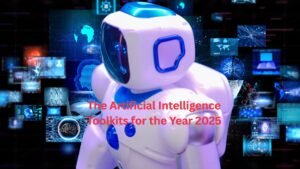
Exploring Top AI Toolkits and Frameworks
The Best Toolkits and Frameworks For Artificial Intelligence
The AI ecosystem offers a plethora of diverse and popular artificial intelligence toolkits and frameworks. Each of them has different advantages, strengths, and applications; therefore, one should take care to examine all of them before making a decision.
TensorFlow
TensorFlow is among the most widely used open-source artificial intelligence software for machine learning deep learning created by Google. It has a broad ecosystem with tools for building, training, and deploying desktop and mobile applications on both servers and PCs. In addition to this, TensorFlow is praised for its ability to adjust on the go (flexibility) and expand with the demand (scalability), making it appropriate for academic settings (research) as well as businesses.
- Key Features: Model support – neural networks and decision forests, distributed computing, excellent documentation.
- Use Cases: Image recognition, analysis of human languages (natural language processing), analyzing data over time (time series analysis).
PyTorch
Facebook’s AI Research lab has also developed another open-source library which is also leading one, called PyTorch. Users appreciate the library for its dynamic computational graph, which offers greater ease of use and flexibility compared to static graphs. Its interface aligns closely with Python, making it easier for those familiar with the language to work with it.
- Key Features: Dynamic computation graph for easy debugging, strong support deep learning research further facilitates use.
- Use Cases: Computer vision, natural language processing, generative models.
Keras
Keras is an example of a high level neural network API that utilizes Torch, CNTK, Theano and Tensorflow. It is built to be user friendly which makes it perfect for any novice trying to create models for the very first time. Furthermore, Keras is as powerful as it is easy to use with Keras’ API also being effortless and intuitive.
Other Notable Toolkits
Other than Keras, developers should also mention these toolkits, as they offer specialized capabilities worth noting.
- Scikit-Learn: Entering in as the most basic yet a very effective Python library for projects one might consider as data mining or smaller in scale, Scikit-Learn makes it easy for the user in various ways and is a classic example for teaching.
- Hugging Face Transformers: Covering all types of processes dealing with natural language, the pre-trained models available make these models versatile for an array of text classification, generation, and various other tasks.
- XGBoost: As the name suggests, this set up works wonders for structured data while being a star performer in classifying and performing regressions.
- Microsoft Cognitive Toolkit (CNTK): CNTK is the fam we give for the Microsoft Cognitive Toolkit, and is a deep learning framework procured from open sources. Its claim to fame would be the efficiency when in bulk.
- Caffe: Unlike the other frameworks, Caffe seems to be deep learning for speeding competitions. Everybody knows Optimizing for Speed (Offical term) Competitions take place on type vision tasks.
Selecting the Right AI Toolkit
Key Considerations for Choosing an AI Toolkit
Different factors including project objectives, team skillsets, and expected results ultimately affect the selection of an artificial intelligence toolkit. Below are some of the primary factors to consider:
- Ease of Use: Harnessing an AI toolkit involves different levels of proficiency. For those with basics skills or working on prototyping, Keras and Scikit-Learn offer more efficient options.
- Performance: In general, TensorFlow or PyTorch are more appropriate for large-scale projects as they offer better performance with distributed computing.
- Community Support: Community support for most toolkits is valuable. TensorFlow and PyTorch, for example, provide excellent support because of their large active community.
- Integration: Compatible tools can streamline workflow processes, thus enhance productivity. Check how well the toolkit you are selecting integrates with other tools and platforms axis already using.
To make a selection easier, the table below compares some popular toolkits:
Using the table above, the factors can provide aid in aligning a toolkit with the specific needs of the project.
Emerging Trends in AI Toolkits
Changes In Trends In The AI Toolbox
The advancement of AI technology changes the toolkit used to power it, and several future trends are emerging for AI toolkits, including:
- Explainability: There is a growing incorporation of features that make AI models more explainable to external actors due to the dispelling of trust and reliance over the “black box” nature of AI systems and model interpretability problems.
- Edge AI: The proliferation of the IoT demands greater availability of more efficient AI toolkits that can be run on edge devices.
- AutoML: Tools for Automated Machine Learning are becoming more advanced, and building and fine-tuning models require less in-depth knowledge.
It is critical to keep abreast of developments in AI toolkits and more broadly with these trends in order to remain competitive.
Blogging with AI Toolkits
How Bloggers Can Take Advantage of AI Toolkits
Bloggers can use AI toolkits to automate content generation and increase audience interaction. For example, AI with its models hosted in Hugging Face can create innovative ideas for blog posts or even summarize research, while Scikit-Learn can peek into analytical data and analyze audience data. Bloggers can use AI toolkits to create more engaging, relevant, and informative posts, enhancing both their authoritativeness and readership.
Final Thoughts
Conclusion
The categorization of toolkits in AI is very important for an individual to harness the real potential of emerging technologies in AI. Scholars working in cutting edge domains of AI, Content Blog writers targeting readers active in AI discussions, Programmers adding AI into existing applications or products, each one needs to choose appropriate toolkit to ensure the best results.
By properly leveraging ecosystem changes, their dynamically evolving peer networks, and continuously changing toolkits structures give opportunity for much more competitive advantages in very attractive domains. Choosing the appropriate lever for goals will set the boundaries for the advantages that can maximally be achieved in this wonderful domain.
/galaxy-s26-gets-smarter-samsung-taps-perplexity-ai-for-future-phones/
/nintendo-switch-2-release-date-price-and-features/
/playstation-state-of-play-june-2025-what-you-should-prepare-for/
/nintendo-switch-2-at-walmart-here-is-how-you-can-pre-order-it/
/apple-ios-26-expected-features-after-the-upcoming-announcement/
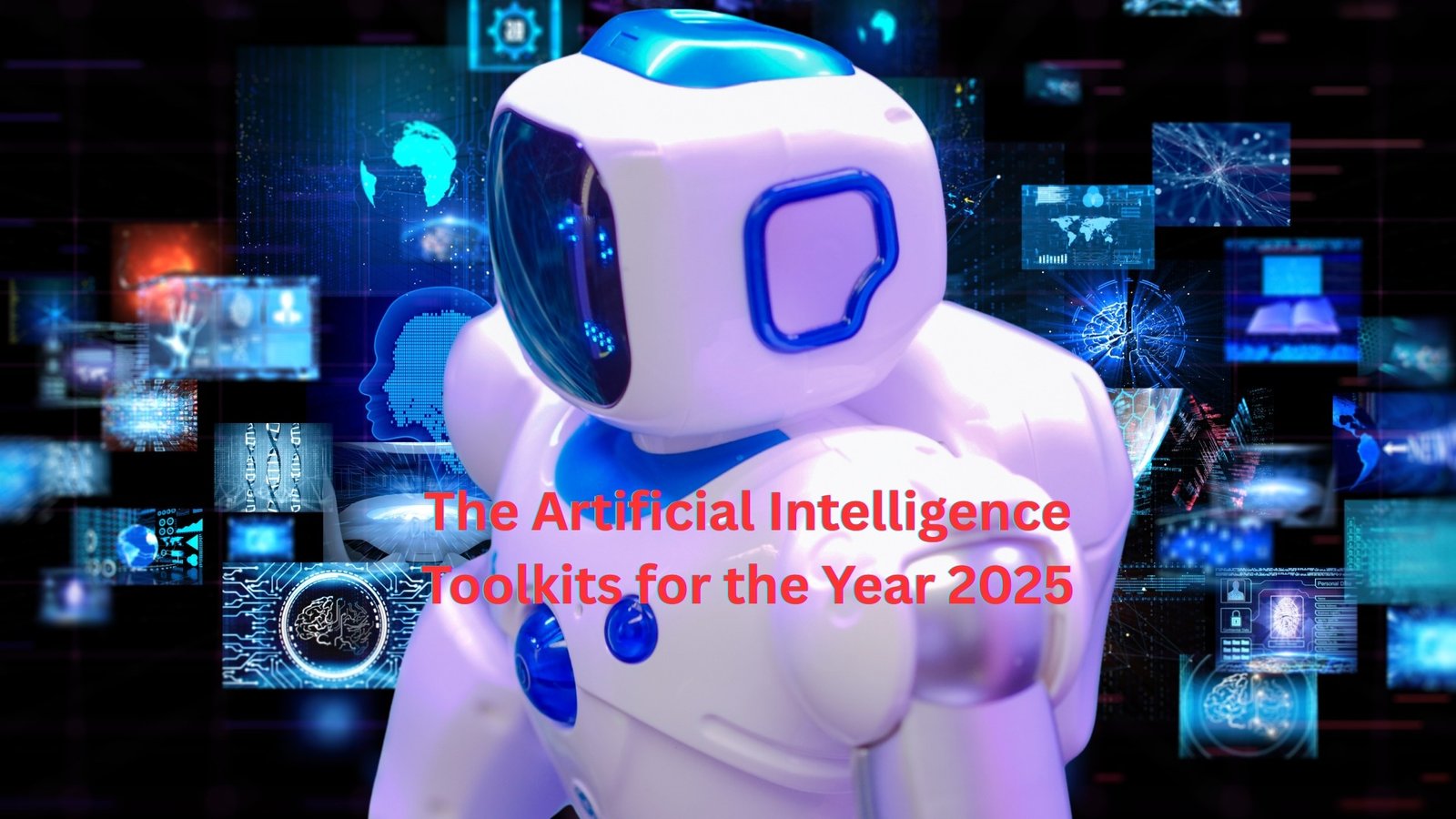






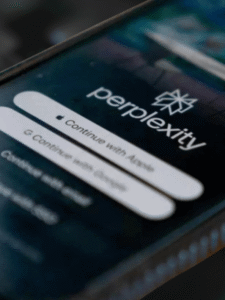





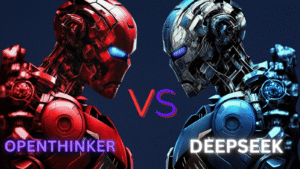
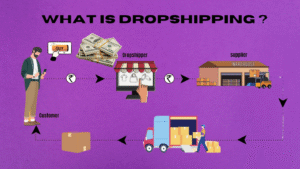

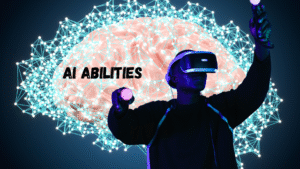

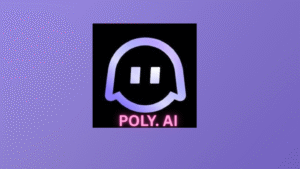
Post Comment